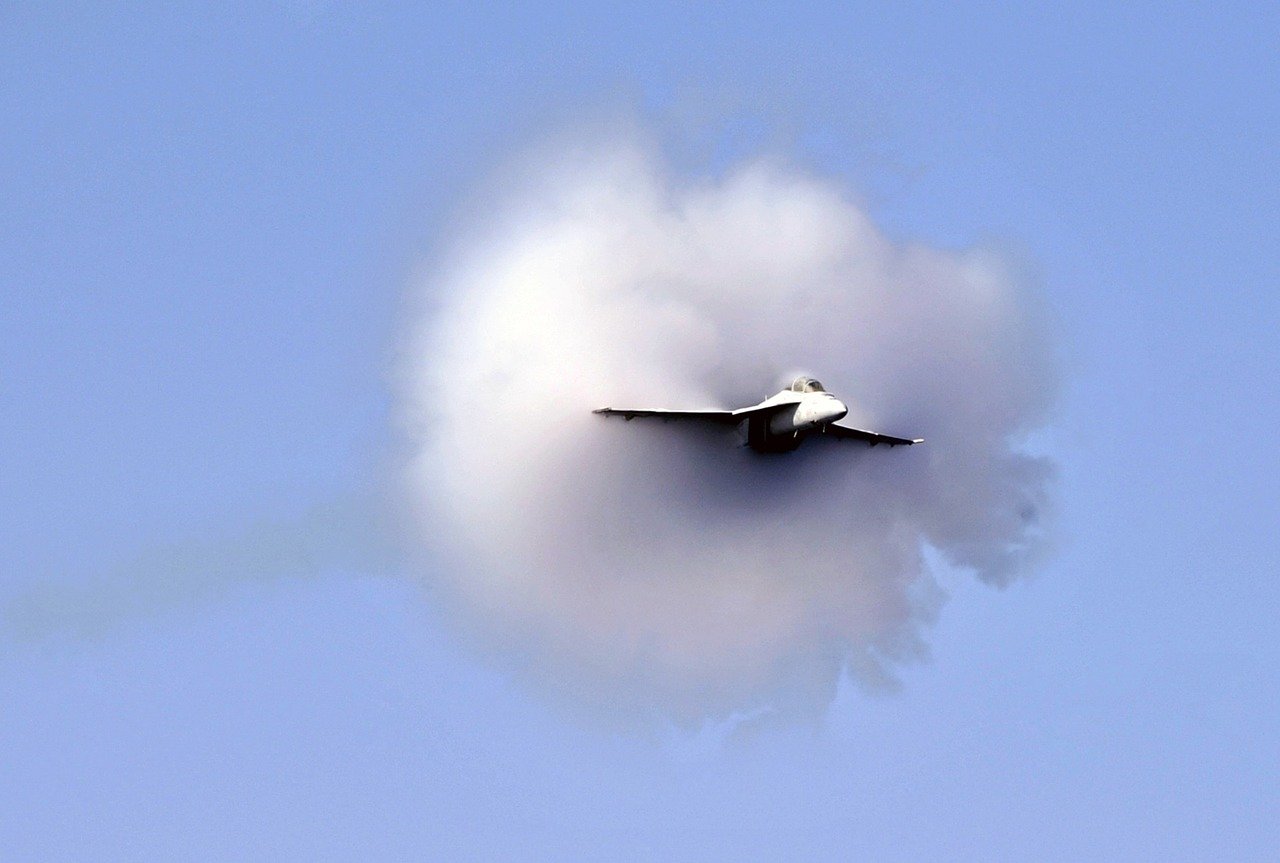Why is the speed of sound transmission in water faster than in air?
Sound is something that cannot be seen, touched, or seen, yet our ears can hear it—sound due to the object’s vibration. When an object is shaken, it will transmit its vibration to the adjacent air, causing the air molecules to tremble. Pulling the air in front will also tremble, just like that gradually transmitted to the human ear. The eardrum in the human ear follows that shock, and the person hears sounds. So air can transmit sound. In a vacuum, the sound could not be transmitted. Standing on the Moon, even if someone screamed in front of you, you could not hear a little sound because there is no air on the Moon.
In addition to air that can transmit sounds, many things like liquids, solids, etc., can transmit sound. When someone was walking on the riverbank, the fish in the river just heard the sound of the person immediately hiding. It is due to water transmitting sound. Water can not only transmit sound, but its speed is much faster than air. The scientists measured that, at 0 ° C, the transfer rate in water was 1450 m / s. Why is sound transmitted in water faster than in air?

The cause of the sound transmission rate is closely related to the nature of the environment. During the process of sound transmission, the molecules of the environment alternately rotate around its equilibrium position. When a molecule is out of equilibrium, other nearby molecules drag it back to its equilibrium position. That is, the environmental molecule can resist deviations from the equilibrium position.
Air and water are different media, different molecules; the resistance is also different. The environment has great resistance; the ability to oscillate transmission is also large; sound transmission speed will be fast. The water molecules’ resistance is greater than that of air, so the speed of sound transmission in water is faster than in air. Iron atoms have even greater resistance than water molecules, so the speed of sound transmission in steel is even greater, reaching 5000 m / s.




